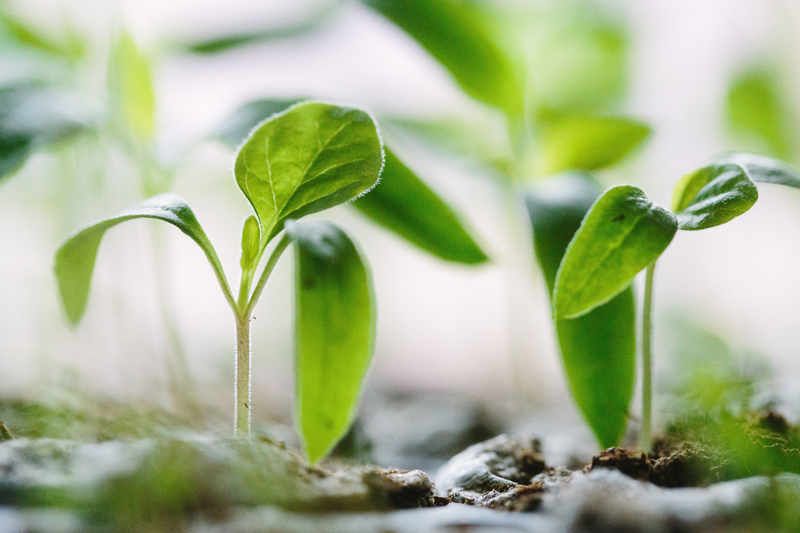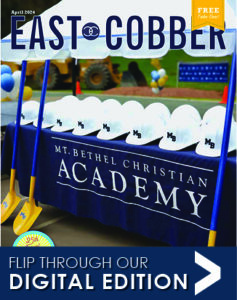Have you ever heard the saying that one man’s trash is another man’s treasure? Usually we think of knickknacks sold at garage sales when we hear this, but the saying holds true even for our every day household trash. The average American throws away roughly four pounds of garbage each day. One-third of landfill waste is made up of materials we could be composting: fruit and vegetable peels, paper towels, stale bread, apple cores, half-eaten bagels, old papers, etc. Often referred to as “black gold,” compost is decayed organic material that can be used as plant fertilizer or soil amendment. It is a treasure for your garden.
In honor of Earth Day, try starting a simple compost pile. First, designate a compost site in your backyard. This can be as small as a 3 foot by 3-foot area. Purchase a compost tumbler to speed up decomposition or build your own bin. There are many online videos to help you do this with old 30-gallon garbage bins, wooden pallets or wire fencing like chicken wire. Be creative — composting is a learn-as-you-go project. You only need water, air and heat to get your pile going.
Next, save fruit and vegetable kitchen scraps in a small bin or plastic produce bag that you keep in the freezer. Freezing helps break down the plant material so it decomposes faster. Avoid composting any animal products such as bones, oils and fats. After one week, begin building your pile or filling your tumbler with scraps, leaves and shredded paper. A good rule of thumb is to use 1/3 green materials to 2/3 brown materials. Green materials such as vegetable scraps, coffee grounds and grass are nitrogen rich. Brown materials such as paper, cardboard and leaves are carbon rich. The 1/3 to 2/3 ratio allows for a well-balanced pile. Add topsoil and a little water to your heap. This will inoculate the compost with the necessary microorganisms (bacteria, fungi) that aid in breaking down and recycling the nutrients found in your scraps.
Your compost should be moist but not soggy or slimy. If you notice an offensive smell add brown materials like leaves or paper to dry out the pile a bit. In the beginning, turn your pile with a pitchfork or rotate it in the tumbler at least once a week. This helps to aerate the center and encourage the right microorganisms to flourish. When you see the pile shrink and later darken, you will know that nature is at work decomposing. This could take weeks or months, depending on the size of your pile and how often you tend to it. Remember, compost is teeming with millions of bacteria and fungi that need the right working environment. A well-working pile will heat up to 140-160 degrees. If your pile does not feel warm to the touch check to see if it is too dry or too wet.
Next time you are in the kitchen think of your food waste as compost treasure not trash. The end result will be rich, organic fertilizer for your garden and less garbage to take to the curb.
Unable to commit to a backyard science project? Consider contacting Compostwheels, a local company that picks up food scraps weekly and returns the finished compost to you or a local farm.
Reprinted from EAST COBBER’s April 2016 issue
About the Writer:
Harlika Watzman lives in Wigley Preserve with her husband, Larry Watzman, and her two boys, who attend Davis Elementary. Harlika is an environmental education committee co-chair for the ECCC PTA and a volunteer for the Davis Elementary School PTA.







